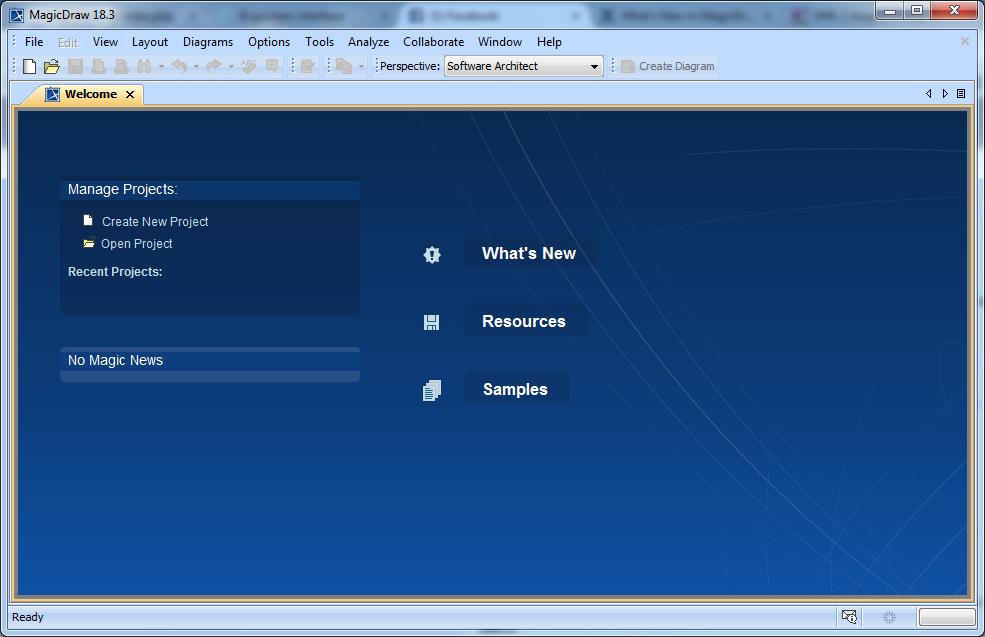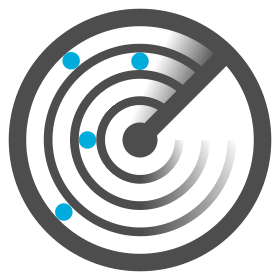

They provide a good description of Classes diagrams and Use case diagrams.
A student on a previous cohort mentioned another UML tool, Visual Paradigm, which provides a free version called the community edition see The people who developed this software have also produced a book, and ar offering two of the chapters as a preview. Here is an example of a health informatics dissertation that made use of UML link. Here is an example ERD of a radio station scenario link.  The NHS Common Basic Specification why it did not work. Very simple Health Care Data Model -good for discussing what is wrong with it?. Wikipedia - Entity Relationship Diagramming.
The NHS Common Basic Specification why it did not work. Very simple Health Care Data Model -good for discussing what is wrong with it?. Wikipedia - Entity Relationship Diagramming. 
It contains general information about the Programme as well as practical help to support implementation. NHS Secondary Use Services - This website provides information about the Secondary Uses Service (SUS), which is being delivered as part of the National Programme for IT by NHS Connecting for Health in partership with The Information Centre for health and social care.NHS Tayside - Implementation of PAS Across Tayside The purpose of the report is to inform the DPCC on the implementation including bed management and ask member's support for the collection admission/transfer/discharge information on patients at ward level.
 NHS Tayside - Divisional Primary Care Comittee 1st November 2005. This means NHS staff treating you will be able to find information - such as your notes, x-rays or scans - quickly, easily and securely NHS Connecting for Health We are bringing in new computer systems and services to link GPs and community services with hospitals. NHS Connecting for Health is supporting the NHS to deliver better, safer care to patients. Around 55 per cent of doctors in the UK currently use EMIS software each day EMIS Online (Egton Medical Information Systems) ISD Scotland - Scottish National DatabaseĮMIS is the UK's leading IT supplier in primary healthcare, hosting over 39 million electronic patient records (EPRs) within its systems. In Scotland, some of the data has been brought together and stored in what is known as the national database. Since the start of the National Health Service (NHS), staff who provide care or treatment have collected data about the individual in order to provide better care.
NHS Tayside - Divisional Primary Care Comittee 1st November 2005. This means NHS staff treating you will be able to find information - such as your notes, x-rays or scans - quickly, easily and securely NHS Connecting for Health We are bringing in new computer systems and services to link GPs and community services with hospitals. NHS Connecting for Health is supporting the NHS to deliver better, safer care to patients. Around 55 per cent of doctors in the UK currently use EMIS software each day EMIS Online (Egton Medical Information Systems) ISD Scotland - Scottish National DatabaseĮMIS is the UK's leading IT supplier in primary healthcare, hosting over 39 million electronic patient records (EPRs) within its systems. In Scotland, some of the data has been brought together and stored in what is known as the national database. Since the start of the National Health Service (NHS), staff who provide care or treatment have collected data about the individual in order to provide better care.







 0 kommentar(er)
0 kommentar(er)
